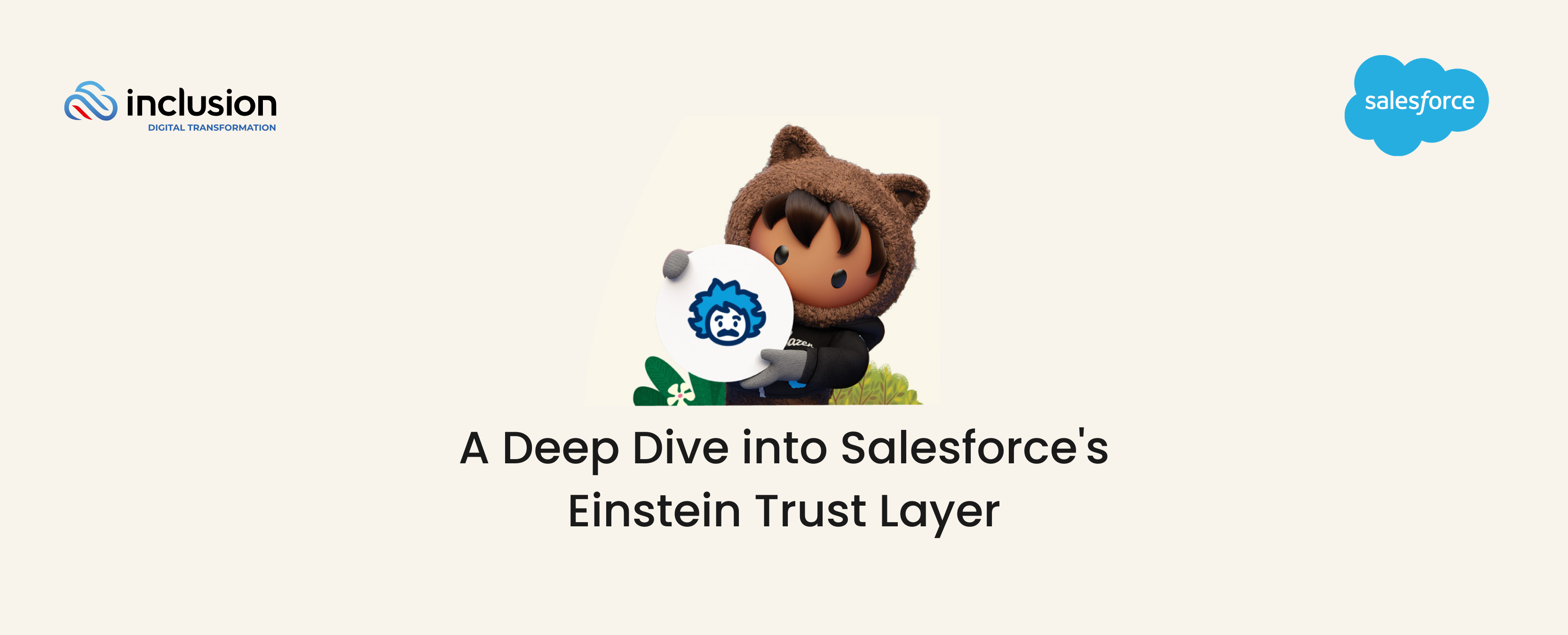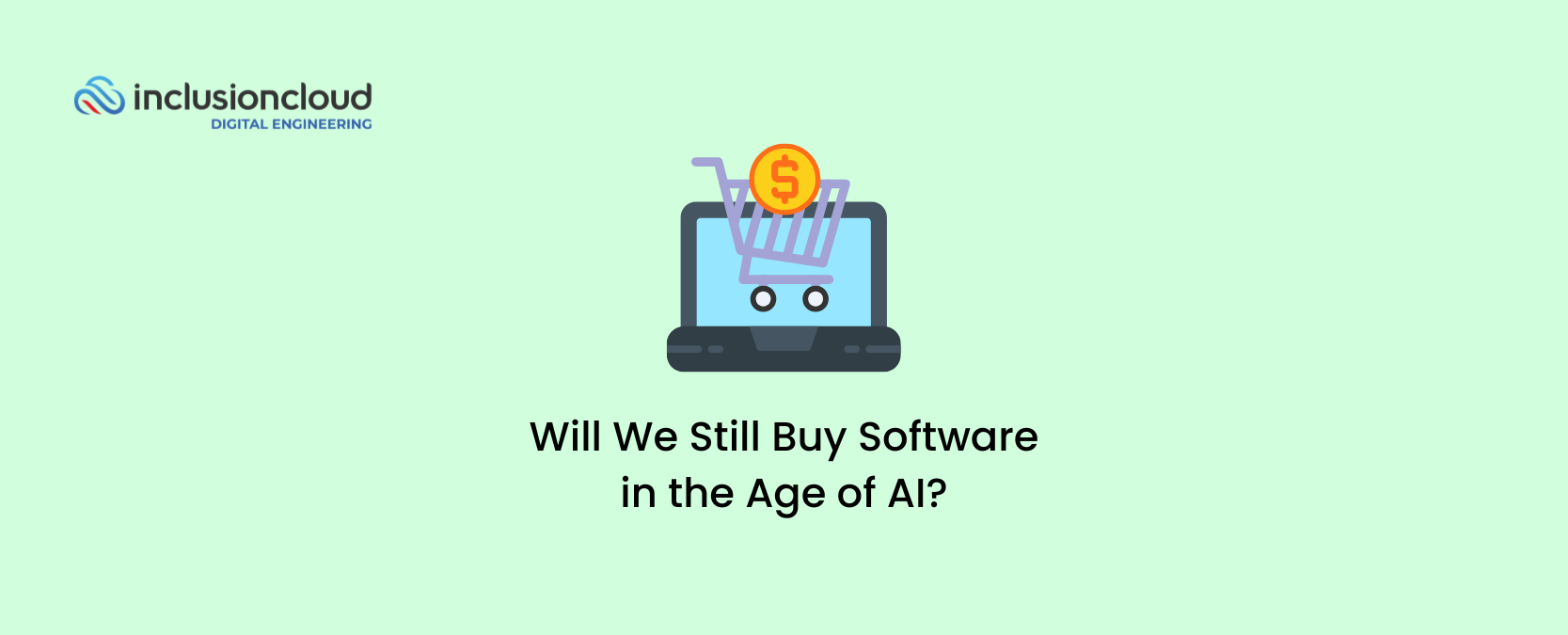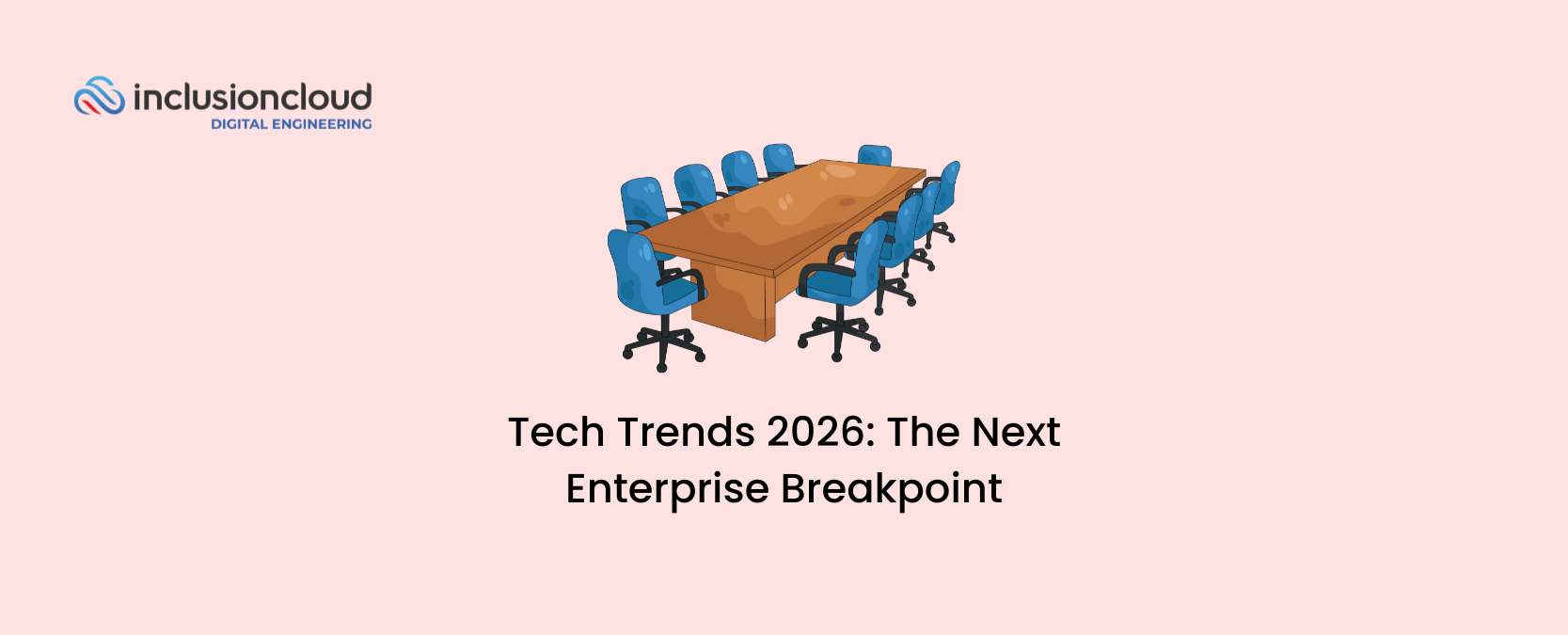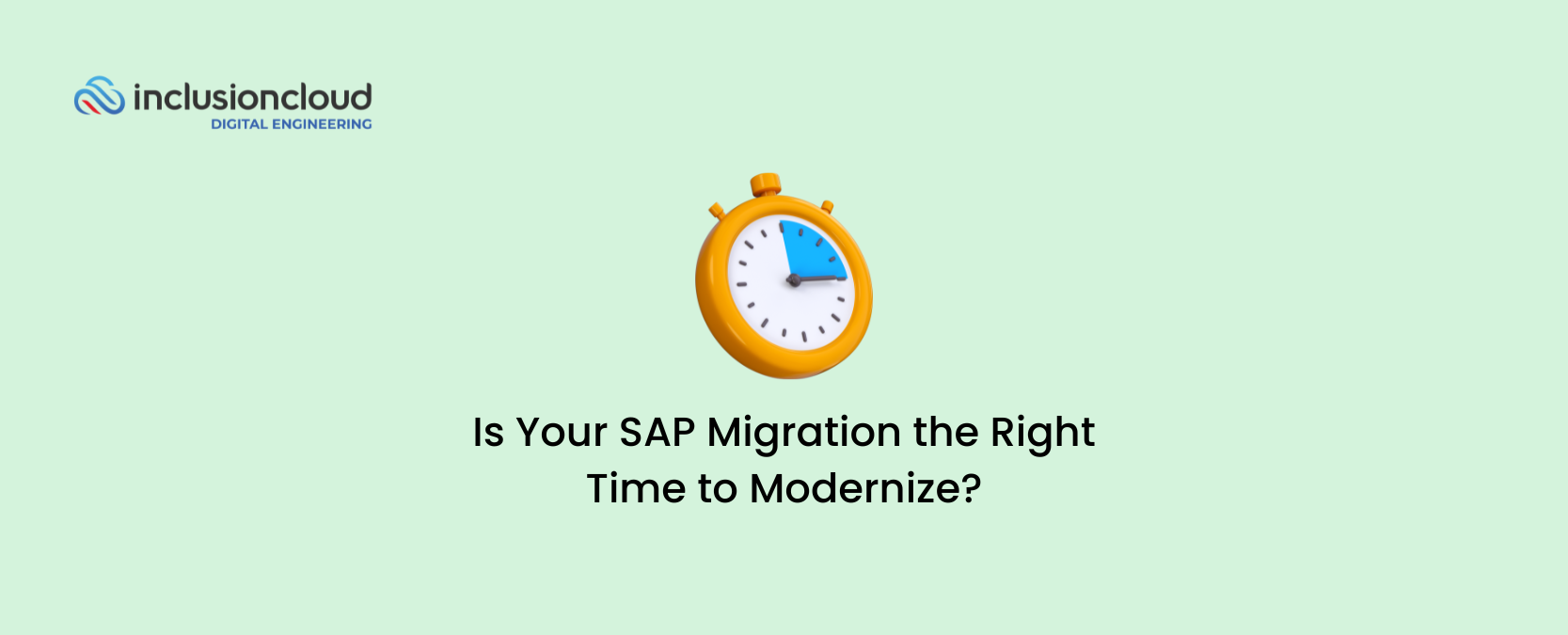Salesforce goes beyond just storing customer interactions and sales data; it’s a data-driven CRM platform that meticulously organizes and analyzes data for invaluable insights. Its robust database structure ensures easy data management, synchronization, and security, contributing to a single source of truth in today’s data-rich business landscape.
In this article, we’ll explore Salesforce’s ‘trust’ concept and the vital Einstein Trust Layer‘s structure and function in data management. We’ll highlight how each layer enhances safety and trust, the role of AI, and why trust is paramount in data management.
Understanding the Concept of ‘Trust’ in Salesforce
At Dreamforce 2023, Salesforce delved into the core concept of ‘Trust,’ which encompasses system reliability, data security, privacy, and compliance—crucial in today’s digital-first landscape. Salesforce’s commitment to trust is demonstrated through transparent practices, including real-time service updates on the Salesforce Trust site, fostering strong user trust.
Salesforce’s trust extends to strong data security procedures, which use user rights and profiles to protect customer data. The platform also stresses digital trust, which is critical in this age of digital dependency. Salesforce works tirelessly to keep this confidence, promoting itself as a trustworthy worldwide business partner.
The Structure of The Einstein Trust Layer
Introduced by Salesforce, the Einstein Trust Layer is a revolutionary approach to ensuring the security of generative AI.
It’s designed with a private, zero-retention architecture which means that it doesn’t retain any personal data, addressing one of the most significant concerns about adopting AI in businesses.
The Einstein Trust Layer functions as a protective barrier that elevates the security of generative AI through seamless data and privacy controls. It employs techniques to mask personally identifiable information (PII) or any other sensitive data that may be present in the system. This layer also collects feedback data, including whether the generated responses were helpful or not, aiding in the continuous improvement of the system.

The prompt layer
The Prompt Layer is the first layer of the Einstein Trust Layer and plays a crucial role in ensuring immediate response. This layer is responsible for generating prompts or inquiries that guide the AI’s responses. In other words, it sets the stage for the AI’s interaction with the user.
Prompt engineering, the process that underlies this layer, is a technique that optimizes instructions given to the AI system, enabling it to provide the most relevant and focused responses. For instance, a well-structured prompt can help the AI model understand complex problems and navigate through them systematically.
The secure data retrieval layer
The Secure Data Retrieval Layer is the second layer, designed to safeguard access to data. This layer ensures that only authorized users can access specific data, thereby preventing unauthorized access and maintaining the integrity of the information.
This layer works by establishing secure protocols for data access and retrieval. It verifies the legitimacy of the user and the request before granting access to the data. If the system detects any suspicious activity, it can deny access, making it a robust defense against potential security breaches.
The dynamic grounding layer
The Dynamic Grounding Layer represents the third layer, embodying adaptability at its finest. This layer is responsible for grounding the AI’s responses in real-time data, enabling it to respond accurately to current events and trends.
The way this layer works is by employing a process known as dynamic grounding. This involves the AI system interpreting, processing, and responding based on the context given in real-time. It allows the AI to adapt its responses based on the latest information and changes in the environment.
The data masking layer
The Data Masking Layer is the fourth layer, a critical feature for data security and privacy. This layer uses data masking techniques to create an inauthentic but structurally similar copy of the actual data.
Data masking or data obfuscation is the process of hiding original data by replacing it with fictitious but realistic content. This is particularly useful when data needs to be used for non-production purposes such as testing, development, or research, where sensitive information needs to be protected.
The zero retention layer
The Zero Retention Layer is the fifth and final layer, encapsulating the principle that “less is more” when it comes to data storage. This layer ensures that no user-specific data is retained by the system.
It works by deleting any user-specific data as soon as the AI has finished processing it, this means that once you ask a question and get a response, the AI does not keep a record of the interaction.
This approach minimizes the risk of data breaches, as there’s no stored data to be compromised. It also ensures compliance with data protection regulations, such as GDPR, which require businesses to only keep personal data for as long as necessary.
The generation layer
The Generation Layer is all about creating new possibilities; this layer is responsible for generating the AI’s responses, making it a crucial component of the system. By using advanced language models, it generates responses that are contextually relevant and grammatically correct.
It takes the input from the user, processes it through the model, and generates a response that aligns with the given context.
This layer is constantly updated and trained on a diverse range of data sources, allowing it to provide responses on a wide array of topics. It can answer queries, write essays, create poetry, and much more – essentially, it creates new possibilities for interaction with AI.
The toxicity layer
The Toxicity Layer is the seventh layer, playing a vital role in maintaining the safety and integrity of interactions. It is designed to detect and neutralize any potentially harmful content in real time.
This layer analyzes the language generated by the AI using complex techniques. It examines every word and phrase for evidence of dangerous, rude, or improper language.
Once it detects such content, the Toxicity Layer takes immediate action to neutralize the threat. This could involve either modifying the text or, in severe cases, preventing it from being sent out altogether.
The audit trail layer
The Audit Trail Layer, this final layer, serves as a backbone for accountability. It’s designed to meticulously track and record all activities and actions within the system.
The Audit Trail Layer operates by producing thorough documentation of activity records. This covers every query, every AI response, and every action taken by the system.
This comprehensive tracking allows for complete visibility into the workings of the AI, providing a detailed, chronological record of all interactions. In the event of any discrepancies or issues, this layer can provide crucial insights into what went wrong and when.

Salesforce’s Game-Changing AI Integration
Salesforce disrupts the CRM landscape by integrating Einstein GPT, the world’s first generative AI for CRM. This innovation ushers in a new era of personalization and productivity across Salesforce’s entire suite of tools, enhancing employee efficiency.
The AI Cloud, a fusion of Salesforce technologies like Einstein, Data Cloud, Tableau, Flow, and MuleSoft, creates an open, trusted, generative AI environment, propelling businesses toward a connected, insightful future. This AI integration extends to sales and CRM tools, revolutionizing lead, account, contact, and opportunity management. Additionally, Salesforce’s partnership with Google Cloud reinforces AI offerings, promoting collaborative, data-driven business practices.
Conclusion
Salesforce’s Einstein Trust Layer is a pioneering approach to ensuring the safety and reliability of generative AI in data management. Its multi-layered structure, from secure data retrieval to audit trails, highlights Salesforce’s commitment to building trust in AI systems. This commitment is further emphasized by Salesforce’s focus on data security, privacy, and compliance, which are crucial in today’s digital-first landscape.
These innovative features, such as data masking, dynamic grounding, and zero retention, address key concerns around AI adoption in businesses. Furthermore, it allows users to harness the power of AI while ensuring their sensitive information remains protected. The transparency provided by the Audit Trail Layer, coupled with the proactive approach to data security, reinforces Salesforce’s goal to bridge the “Trust Gap” in AI.
As we move further into the digital age, trust will continue to be a paramount concern in data management. Salesforce, through the Einstein Trust Layer, is leading the way in addressing these concerns, providing a dependable and safe environment for generative AI.
At Inclusion Cloud, we understand the importance of trust and security when integrating AI into your business operations. We’re here to help you navigate Salesforce’s tools and capabilities, ensuring you can leverage the power of AI securely and confidently. Contact us to learn more about how we can help your business harness the full potential of Salesforce.





